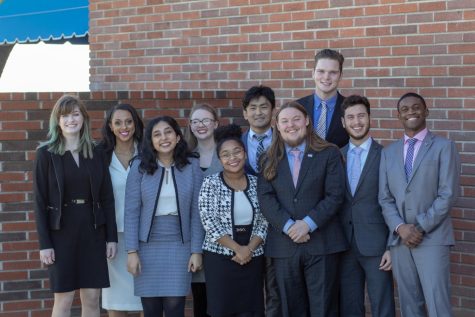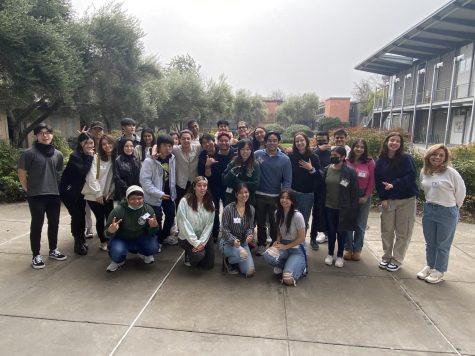How Segregation and White Flight Continue to Impact Life in the East Bay
In 1968, three months after the Civil Rights Act was amended to prevent racial discrimination in housing, the City of Lafayette was incorporated as a city. From 1960 to 1970 its population jumped from 7,000 to 20,000 and has remained stagnant since. Lafayette is now one of the wealthiest and whitest cities in the Bay Area.
White flight from urban areas in the 1950s and 60s devastated many communities across the U.S., including here. As people of color moved into cities such as Oakland, white people fled to suburbs as fast as they could, taking the jobs, money and political power with them. This trend has been studied by academics and journalists alike. But looking through the research, I found there is little information on how these new white suburbs maintained their status as safe havens for segregation.
The way Lafayette and other Bay Area suburbs did this was primarily through discriminatory housing. By incorporating itself as a city, Lafayette’s affluent white population was able to enact more rules and regulations that prevented people of color from living in their city, but without explicitly saying so.
For example, before segregation was officially outlawed in California in 1954, housing deeds would explicitly say only white people were allowed to own and occupy a house. After housing segregation was prohibited, affluent white communities decided they would no longer build more housing. If their already existing homeowners did not sell their homes to anybody who was not white, and no new homes were being built, they could maintain a nearly completely white city in a way that was 100% legal.
This practice spread throughout not only the Bay Area, but all of California. Suburbs throughout the state created ordinances to prevent low-income housing, created height limits on apartment buildings to keep middle-income housing at a minimum, and permitted only high-end stores to keep the cost of living as high as possible in order to further deter outsiders.
A study by the UC Berkeley Othering & Belonging Institute found that out of 87 cities studied across the region, only six were considered racially integrated. According to the study, “the most integrated (inter-municipal) cities are Rohnert Park, Windsor, Petaluma, Pinole, Suisun City, and Cloverdale.” Every other city with a population over 10,000 was considered segregated, with “the most segregated (intra-municipal) city [being] Oakland, followed by San Rafael, San Jose, Menlo Park, Redwood City, San Francisco, Richmond, South San Francisco, Union City, and Dublin.” Meanwhile, “the most segregated (inter-municipal) city is East Palo Alto, followed by San Anselmo, Mill Valley, San Pablo, Tiburon, American Canyon, Los Gatos, Gilroy, Lafayette, and Orinda.”
It is important that we all think about how much the Bay Area has been affected by white flight, from school funding to environmental laws, which are a reflection of how many white people live in a particular city. The founding years of many buildings and schools in cities such as San Francisco and Oakland are in the early 1900s or late 1800s. But when I see these signs in white suburbs, it is always the 1950s and 60s — exactly when white flight was occurring.
A solution seems difficult. The state has tried to get the suburbs to build more affordable housing, but seen enormous pushback. At what point does Sacramento need to step in and seize local control over housing laws, or is it already too late to do so? The California housing crisis stems in part from these segregated suburbs, but it is hard to find any room for agreeable reforms in already constructed cities.
As California and the Bay Area progress over time, we’ll have to choose between two paths: either continue with the current landscape, catering to the interests of well-off white people from decades ago who sought to create artificial barriers between themselves and people with darker skin, or change our housing laws to end a century of segregation, solve our housing crisis and create a more equitable and prosperous Bay Area.















































































melissa jacobson • May 14, 2023 at 7:52 pm
Thanks for bringing this issue to our students, Cam!
Very timely,
Professor Jacobson
California History
Shanice • May 11, 2023 at 10:05 am
This was a really well written article! It definitely peaked my interest.
Katherine Friedman • May 11, 2023 at 8:12 am
Great article! I would love to see more information specific to Pleasant Hill area. This directly relates to many of the issues we have here at DVC, and within the K-12 schools in the area. If equity really matters to the powers that be within 4CD & MDUSD, a much deeper dive into this history should be looked at, and work to end the segregation we still see in 2023!